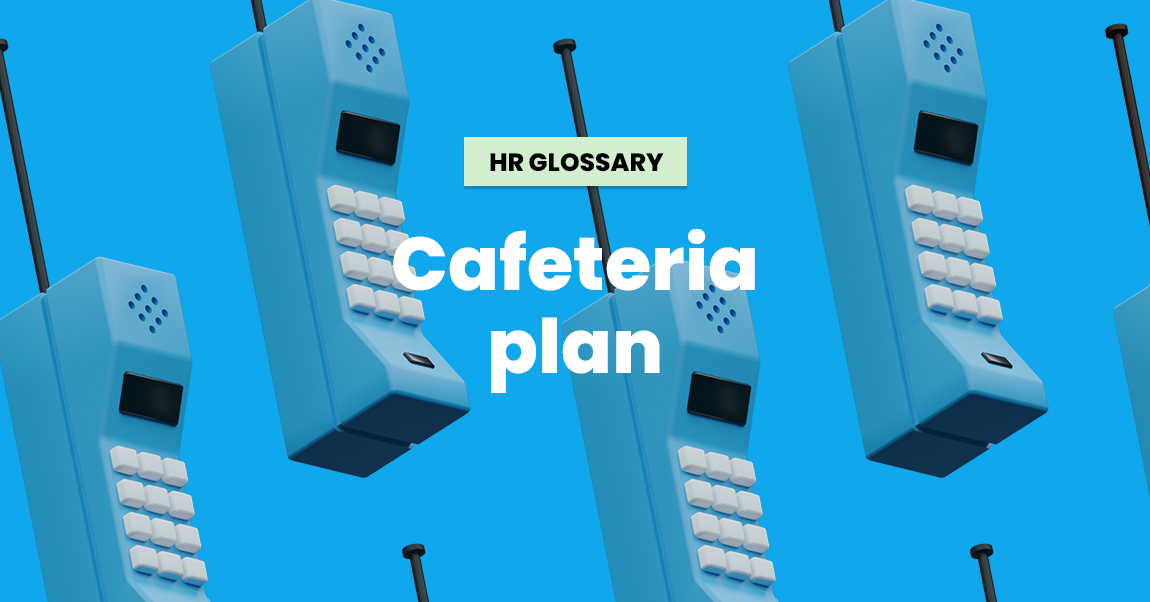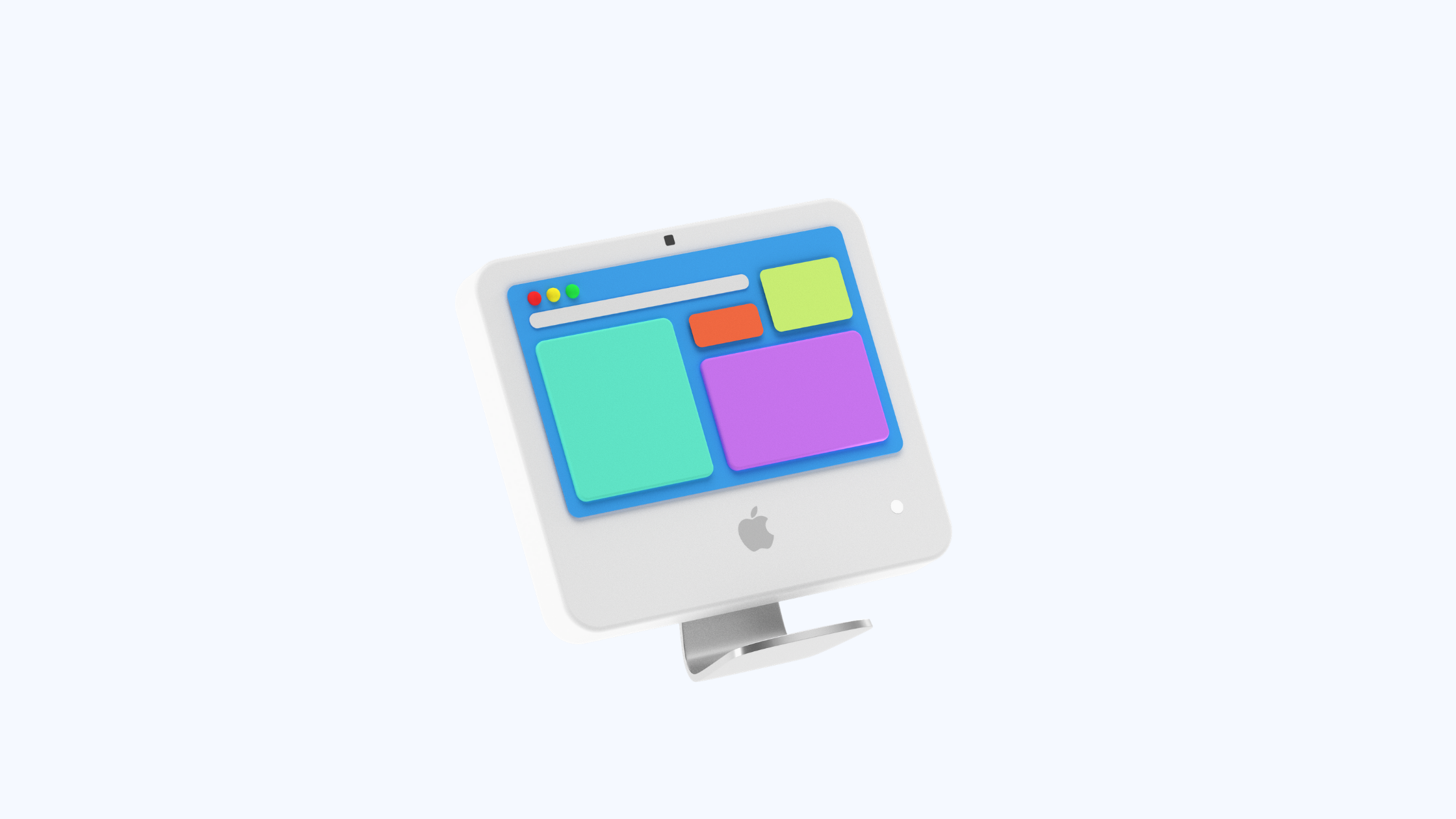Remember the 80s when Hollywood hugely glorified the teenage drama? Somehow, every high school struggle found its way into the cantina and determined one’s destiny by where one sat during the lunch break. Well, the term we’re about to analyze thoroughly has very little to do with it (sincere apologies to John Hughes). So, what is a cafeteria plan, and how does it work?
In simple words, it’s a specific type of employee benefit. It usually encompasses a variety of taxable and non-taxable perks provided by an employer. Sounds swell? It sure is! Let’s see what it entails and if there are any downsides to it.
What is a Cafeteria Plan Provided by an Employer?
A section 125 cafeteria plan (or, simply – cafeteria plan) applies to a kind of employee benefits program. In this scenario, an employer grants employees a couple of different taxable and non-taxable benefits. It is then up to the employee to choose which perks would suit their personal needs.
What about the origin? This program was named after the most initial types of policies that enabled employees to pick between different sorts of benefits. The analogy was quite clear – the plans worked in the same manner as a customer that decides between available meals and beverages in a cafeteria.
Here is another fact to keep in mind: if cafeteria plans discriminate in favor of highly paid employees, they must report these benefits as income. Still, there’s more to grasp. Let’s find out what else is on the menu.

How Does it Work?
In order to set a cafeteria plan in motion, employees need to pick one qualified benefit plan and one taxable benefit. What does it mean? Firstly, a qualified benefit is a tax-deferred plan the firm deducts from employees’ gross salary under the IRS’s provisioning code. Some eligible benefits can apply to health saving accounts and other healthcare benefits, adoption assistance, or disability insurance.
A taxable benefit allows employees to add some money to their salary monthly rather than putting it toward benefits plans. For example, with company-sponsored healthcare coverage, employers finance certain shares of each employee’s premium account. If an employee chooses to back out of the program, they will not get paid for the amount their premiums might have cost.
Also, in section 125 plans, companies can offer their staff the value of the benefits as cash. Then, employees can use that capital to pay for taxable benefits.
Here’s one last piece of information businesses must grasp: programs that offer only taxable benefits can’t be perceived as section 125 plans.

What Is an Example of a Cafeteria Plan?
So, if you’re still with us, without being mildly disappointed by the fact that we haven’t mentioned a single delicious dessert, let’s cover a few examples of section 125 employee benefits:
- A POP (premium-only) plan – the employees pay for their health insurance benefits with their pre-tax incomes,
- HSA (health savings account) – the employees create savings accounts where they put money from their salaries to cover medical costs,
- FSA (Flexible spending accounts) – the employees use their pre-tax deductions to fund this account throughout the year,
- DCAP (Dependent care assistance plan) – funds used by an employee to pay for child or dependent care.
Nearly every employee pays their medical and healthcare expenses with their own post-tax money. However, a cafeteria plan enables employees to save money on costs they already paid for. If you pay for these expenses upfront, you can submit a claim and necessary documentation to a plan administrator for reimbursement from your accounts.
Cafeteria Plan HSA – Health Savings Account
Regardless of whether you work remotely or on-site, healthcare is always a top priority. And when it comes to learning more about cafeteria plan HSA – you’re in for a lot of abbreviations! And advantages, of course.
Employees can take some money from their paychecks and put it into this savings account to pay for IRS-approved medical and healthcare costs. The employee should add a certain amount of cash into the account each year, up to a maximum limit. To obtain this program, an employee should have an HDHP (high-deductible health plan) to save up for qualified medical costs. This specific type of health insurance plan provides low premiums and high deductibles, which makes it highly beneficial for each employee who chooses it.
Cafeteria Plan: Advantages and Disadvantages
Like any other program, this one offers quite a few upper hands accompanied by some drawbacks. The best aspects of these plans include:
- Paying fewer taxes and controlling several costs much easier,
- Recognizing and respecting employees’ true needs, which will have a beneficial effect on the retention strategies,
- Gaining a competitive advantage and boosting the public image, which can help a company turn candidates into brand ambassadors,
- Promoting diversity in the workplace by having separate plans that cover unique necessities and requirements,
- Having a better understanding of what your staff wants and establishing long-term agenda regarding other benefits packages.
Now, as for the disadvantages of these programs, they mainly affect the employers. For instance, if a staff member chooses to quit their job before the entire amount they have received for a specific type of coverage is reimbursed, a company will suffer financial damage.
Still, all these drawbacks are pretty easy to overcome. It all starts with having an honest and open relationship with employees and colleagues. That way, agreements can be made in such a manner that everyone is worry-free.

How Does a Cafeteria Plan Benefit the Employer?
Excellent employee experience is always a goal. Still, being genuinely interested in your staff and their individual needs is far more than that. And with a section 125 plan, there are other employers’ perks to take into account.
These plans also allow companies, and especially small business owners, to cut some costs when it comes to their employees’ benefits. For instance, an employer doesn’t need to pay:
- Federal Insurance Contributions Act (FICA),
- State and Federal Unemployment Taxes (SUTA and FUTA)
- Workers’ compensation costs.
These financial advantages are due to the fact that section 125 cafeteria plans decrease payroll taxes. This further leads to reducing or eliminating the expenses linked to allowing cafeteria plans. Finally, all unused means in employees’ FSAs stay with the firm.
How Does it Benefit the Employees?
Aside from granting wellbeing throughout the entire employee lifecycle within an organization, a cafeteria plan allows employees to save up and maneuver their expenses more smoothly. Here are a few crucial cafeteria plan benefits:
- Employees can pay for insurance coverage and retirement plans without any tax fines and punishments,
- Fewer taxes will be deducted from employees’ paychecks,
- The costs for dependent care expenses will be reduced,
- An employee will be able to invest tax savings into a retirement plan.
Overall, these benefit programs have more pros than cons, and they contribute to employees’ satisfaction.
Know Your Terms & Set Your Aims
Saving up, improving employee experience, and having a few proven strategies for benefit packages in mind sounds like a superb way to run a business. Considering a cafeteria plan and understanding how it works might easily be a perfect solution. Nevertheless, before starting to enjoy the perks of this practice, it’s essential to grasp the potential negative aspects as well. Ultimately, before implementing any tactic, a business must be completely in the clear regarding its actual needs (and what they’re capable of at the moment).
And if you need any help with understanding your team and growing it, reach out to professional tech recruiters and fulfill your aims sleekly!




